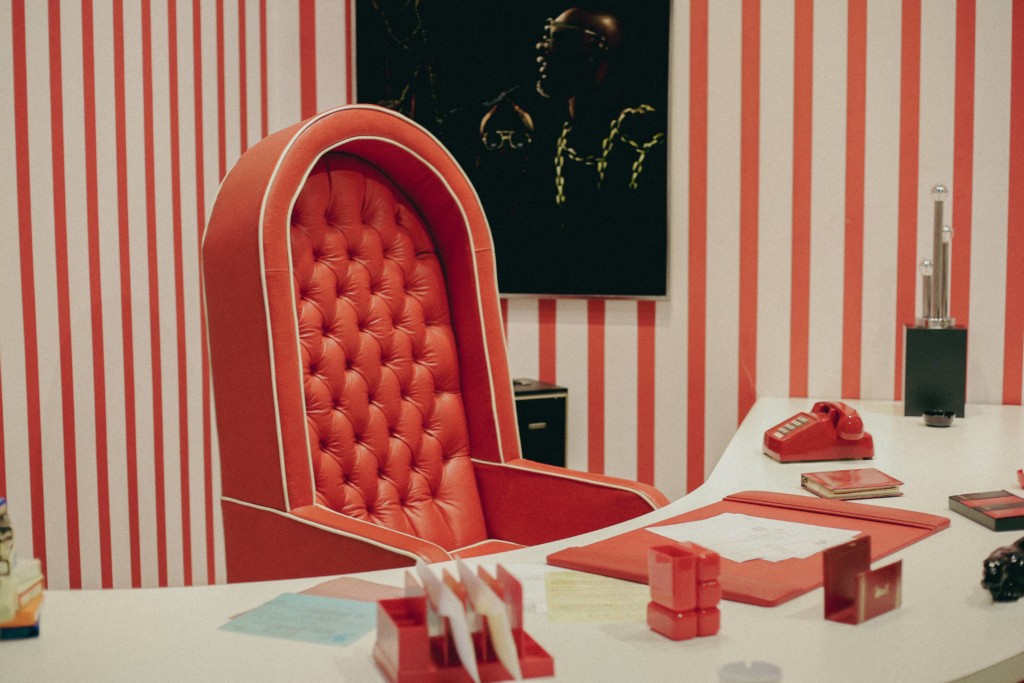Stax Museum presents new exhibit “SOLID GOLD SOUL: The Best of the Rest from the Stax Museum” featuring never-before-shown artifacts from its vast archives
Since opening in May 2003, the Stax Museum’s permanent galleries have showcased approximately 3,000 fascinating and unique artifacts. However, the museum’s collections archives boast thousands more objects, including never-before-displayed stage costumes, recording equipment, musical instruments, photographs, documents, vinyl records, eight-track tapes, and other items of memorabilia.
For “SOLID GOLD SOUL: The Best of the Rest from the Stax Museum,” the museum staff has poured over the archives and chosen their favorite objects that have never been part of the permanent collection that have been on display for some 18 years. With the exception of a very few items, these carefully chosen artifacts are now being exhibited for the first time.
While much of the exhibit focuses on the history of Stax Records, these artifacts stretch beyond just the story of Stax and help tell previously undocumented stories about The Memphis Sound and other variations of American soul music. Many are recent acquisitions and some are longtime favorites just now being introduced to the public.
One highlight of the exhibit is Isaac Hayes’ massive white and red tufted-velvet desk and chair from his days at Stax; it was on display briefly during “Give A Damn,” a special exhibit the Stax Museum hosted at Crosstown Arts in 2019.
Among the artifacts that have never been shown are rare photographs of Otis Redding giving his final Memphis performance on July 29, 1967 at the Mid-South Coliseum, shortly after a successful Stax/Volt European Tour during the spring of that year and his groundbreaking performance the prior month at the Monterey Pop Festival. Other performers at the July 1967 concert included Arthur Conley, Percy Sledge, and James Carr, with the young Bar-Kays as the backing band. Of the six rare photographs the Stax Museum acquired, the two on display show Redding clearly on stage as well as Bar-Kays’ saxophonist Phalon Jones. A few months later on December 10, 1967, Redding, Jones, and most of the rest of the Bar-Kays were killed in a plane crash on their way to a concert in Madison, Wisconsin.
One section of the exhibit focuses on the newly acquired Bob Abrahamian Collection of more than 35,000 rare records and other memorabilia that help tell the story of Chicago’s lesser-known soul music scene of the 1960s and 1970s. This part of the exhibit, which introduces memorabilia from the Abrahamian collection for the first time, includes rare photographs of the bands Abrahamian documented, as well as rare vinyl records and a partial listening station.
Of particular interest is a “prison suit with handcuffs” worn on stage by Isaac Hayes’ guitarist and Stax session/touring player Harold Beane during his short stint playing guitar for George Clinton and Funkadelic. It helped him assume the character of a “junkie prisoner” while smashing out guitar solos both live and on the band’s 1972 double album American Eats Its Young.
Other highlights include rare photographs of Isaac Hayes and others, rare video of the Bar-Kays, a stage costume and bass guitar that belonged to Jerry Jenkins of the Texas-based band the T.S.U. Toronadoes, some of whose records were ultimately distributed by Stax Records in 1969-1970.
